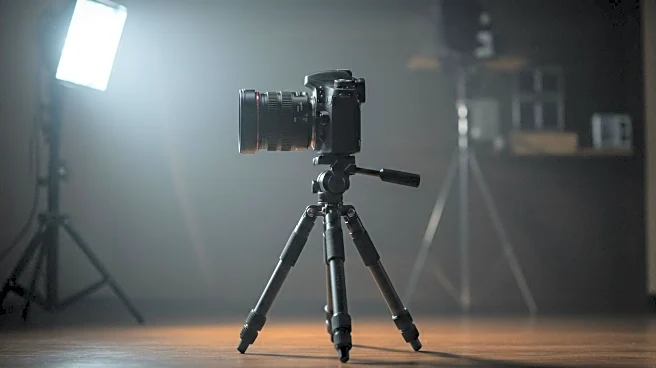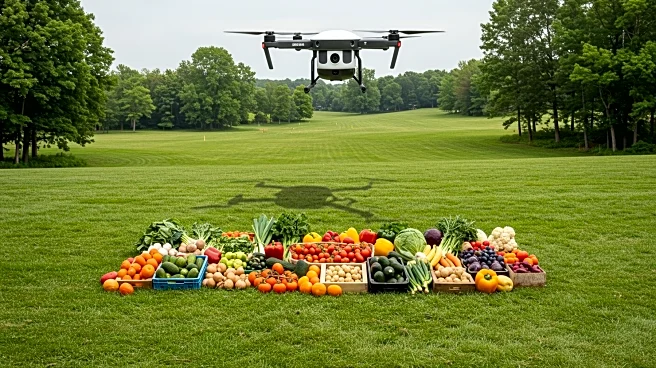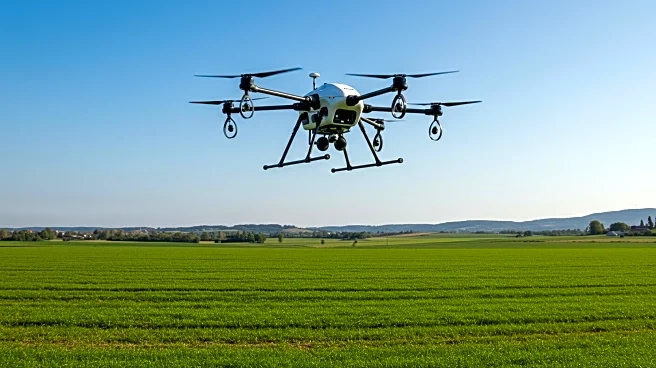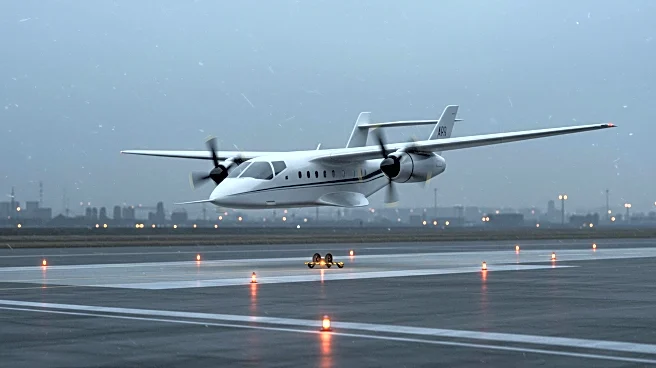What's Happening?
A professional photographer has shared insights on the ongoing debate between DSLR and mirrorless cameras, emphasizing the reliability of DSLRs in low-light conditions. Despite the popularity of mirrorless cameras for their portability and speed, the photographer argues that DSLRs offer superior autofocus capabilities in dimly lit environments. The photographer recounts experiences where mirrorless cameras struggled to focus quickly in low light, resulting in missed shots during critical moments. This issue is attributed to the reliance of mirrorless cameras on live view brightness for autofocus, whereas DSLRs use a dedicated autofocus module that performs well even in near darkness.
Why It's Important?
The discussion is crucial for professional photographers who rely on their equipment to capture fleeting moments, especially in challenging lighting conditions. The reliability of DSLRs in low light can be a deciding factor for photographers working in events, weddings, and other scenarios where lighting is unpredictable. The debate also impacts camera manufacturers, who are continually innovating to improve mirrorless technology. Understanding the limitations of current mirrorless systems can guide future developments to enhance autofocus performance, potentially shifting industry standards and consumer preferences.
What's Next?
The photographer calls on camera manufacturers to address the autofocus challenges in mirrorless cameras, advocating for improvements that match the dependability of DSLRs. This could involve advancements in sensor technology and autofocus algorithms to ensure quick and accurate focus in low-light situations. As the industry evolves, photographers may continue to use both systems, but improvements in mirrorless technology could eventually lead to a shift away from DSLRs.
Beyond the Headlines
The debate between DSLR and mirrorless cameras reflects broader trends in technology adoption and consumer preferences. As mirrorless cameras become more popular, the industry faces pressure to overcome technical limitations and meet the demands of professional photographers. This evolution could lead to significant changes in camera design and functionality, influencing how photographers approach their craft and the types of equipment they choose.











